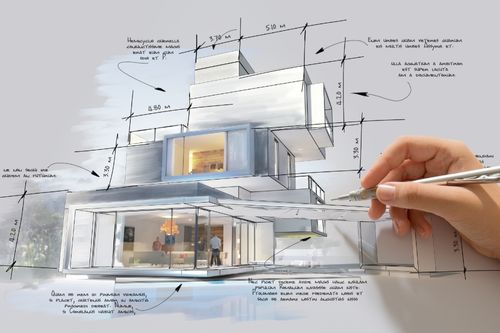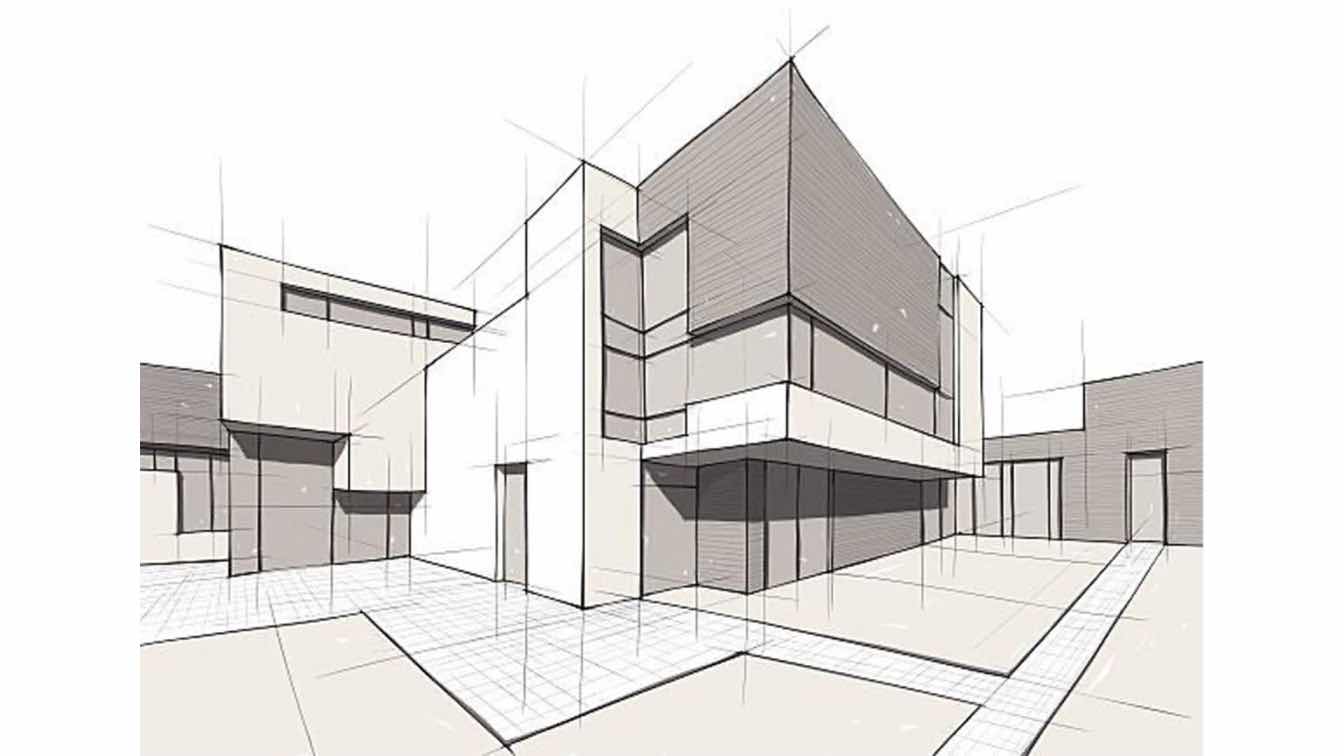Discover Prize-winning Jobs by Renowned CDA Architects
Discover Prize-winning Jobs by Renowned CDA Architects
Blog Article
The Impact of Technical Developments on the Design Practices of Contemporary Architects
The quick evolution of technical tools has actually substantially reshaped the style landscape for contemporary designers, fostering extraordinary levels of advancement and sustainability. The integration of Structure Information Modeling (BIM), parametric style, and synthetic knowledge has not only streamlined cooperation among varied teams however additionally redefined job implementation. As designers accept these advancements, they are faced with complicated obstacles that could affect their imaginative processes. Checking out these characteristics discloses a nuanced interplay between innovation and traditional design methods, motivating a better exam of what the future holds for building practices.
Advancement of Architectural Devices
Just how have building devices changed the layout and building and construction procedures over the centuries? The advancement of building devices has actually substantially influenced the performance, precision, and imagination of design and construction. In ancient times, engineers count on rudimentary instruments such as plumb bobs, gauging poles, and fundamental geometry to produce structures. These tools laid the foundation for very early building method, enabling the building and construction of legendary frameworks, albeit with restrictions in accuracy and complexity.
With the introduction of the Renaissance, the introduction of the compass and the protractor noted a critical change. These tools enabled engineers to attain better precision in their styles, facilitating the emergence of even more complex and proportionate structures (cda architects). The Industrial Revolution better transformed building method with the intro of mechanized devices and materials, enabling larger and a lot more enthusiastic jobs
In the 20th century, the growth of computer-aided style (CAD) software program transformed the landscape once more, providing designers with extraordinary abilities in modeling and visualization. Today, progressed tools such as Building Details Modeling (BIM) and parametric design software application proceed to push the limits of building innovation, allowing an extra incorporated method to style and building and construction processes.

Boosted Cooperation in Design
As modern technology remains to develop, enhanced cooperation in style has actually ended up being a cornerstone of modern-day building practice. The combination of digital devices such as Building Details Modeling (BIM), cloud-based systems, and advanced visualization software program has changed the method architects, designers, and stakeholders interact throughout the layout process. These devices help with real-time interaction, allowing groups to share ideas, alterations, and feedback promptly, regardless of geographical area.
Additionally, digital truth (VIRTUAL REALITY) and enhanced truth (AR) have further enriched collective efforts by making it possible for immersive experiences that allow customers and staff member to picture projects in a much more interesting manner. This level of communication not just enhances understanding however additionally fosters a feeling of possession among stakeholders, resulting in even more enlightened decision-making.
Additionally, interdisciplinary partnership has actually been streamlined with these technical advancements, allowing engineers to function more carefully with various other specialists, such as metropolitan planners and environmental specialists. The outcome is a more natural technique to create that thinks about numerous point of views and expertise. Ultimately, improved collaboration in style is not simply a pattern; it is crucial for developing innovative, functional, and aesthetically pleasing architecture in an increasingly complex world.
Sustainability Through Technology
Sustainability in architecture has increasingly become intertwined with technical technology, driving the sector towards eco accountable methods - cda architects. Contemporary designers are leveraging sophisticated technologies to reduce environmental influence while boosting the efficiency of buildings. One popular example is making use of Structure Details Modeling (BIM), which permits for exact planning and resource appropriation, lowering waste throughout building and promoting power performance throughout a building's lifecycle
Furthermore, smart products and energy-efficient systems are being incorporated into designs to maximize source usage. Technologies such as photovoltaic or pv cells and environment-friendly roof systems harness renewable resource resources, adding to reduced carbon impacts. Furthermore, the application of expert system in style processes makes it possible for designers to mimic and assess energy consumption, leading decisions toward more sustainable results.
The integration of lasting modern technologies not only aligns with international environmental objectives however also satisfies an enhancing need from consumers for eco-friendly options. As designers embrace these innovations, the emphasis moves towards producing spaces that are not just visually pleasing but additionally functionally web sustainable, thereby redefining the criteria of contemporary architecture. This way, innovation serves as a stimulant for sustainability, allowing architects to design buildings that respect and improve the natural surroundings.
Obstacles in Execution
While technological developments in style hold terrific assurance for improving sustainability, their implementation commonly encounters considerable obstacles. One key obstacle is the steep discovering curve connected with brand-new modern technologies. Architects and building specialists may call for considerable training to effectively utilize sophisticated software program and tools, which can delay project timelines and enhance costs.
Furthermore, the integration of emerging modern technologies, such as Structure Info Modeling (BIM) and lasting materials, often necessitates collaboration across multidisciplinary teams. This collaboration can be prevented by distinctions in knowledge, process, and communication styles, bring about possible problems and ineffectiveness.
Financial restrictions even more complicate the fostering of cutting-edge innovations. Numerous architectural companies, specifically smaller ones, may do not have the sources to buy advanced devices, restricting their capability to take on bigger companies that can pay for such investments.
In get more addition, regulative frameworks and building ordinance might not equal technological developments, developing uncertainty and potential conformity problems. This challenge can inhibit designers from totally accepting new modern technologies, as the risk of non-compliance might exceed the advantages. As a result, dealing with these execution difficulties is crucial for the effective integration of technological advancements in modern building methods.
Future Fads in Architecture
The difficulties linked with the implementation of brand-new modern technologies in design have actually motivated a reevaluation of future trends within the market. As engineers navigate problems such as sustainability, urbanization, and social equity, they are significantly adopting ingenious innovations to boost design effectiveness and ecological efficiency.
One popular pattern is the assimilation of artificial intelligence (AI) in the style procedure. AI devices can analyze large datasets to notify layout choices, enhancing both creativity and performance. Likewise, Structure Details Modeling (BIM) proceeds to evolve, enabling real-time partnership among stakeholders and assisting in structured task monitoring.
Sustainable style methods are likewise getting energy, with designers concentrating on flexible reuse and regenerative style concepts that lessen source usage and waste. The consolidation of wise materials and renewable resource sources will better boost the strength of structures in the face of environment modification.
Furthermore, the rise of parametric design permits more tailored and context-sensitive building options. By utilizing these developments, why not look here architects are positioned to develop developed settings that not just resolve the prompt demands of culture yet likewise prepare for future challenges, therefore redefining the function of architecture in an ever-changing globe.
Final Thought

Report this page